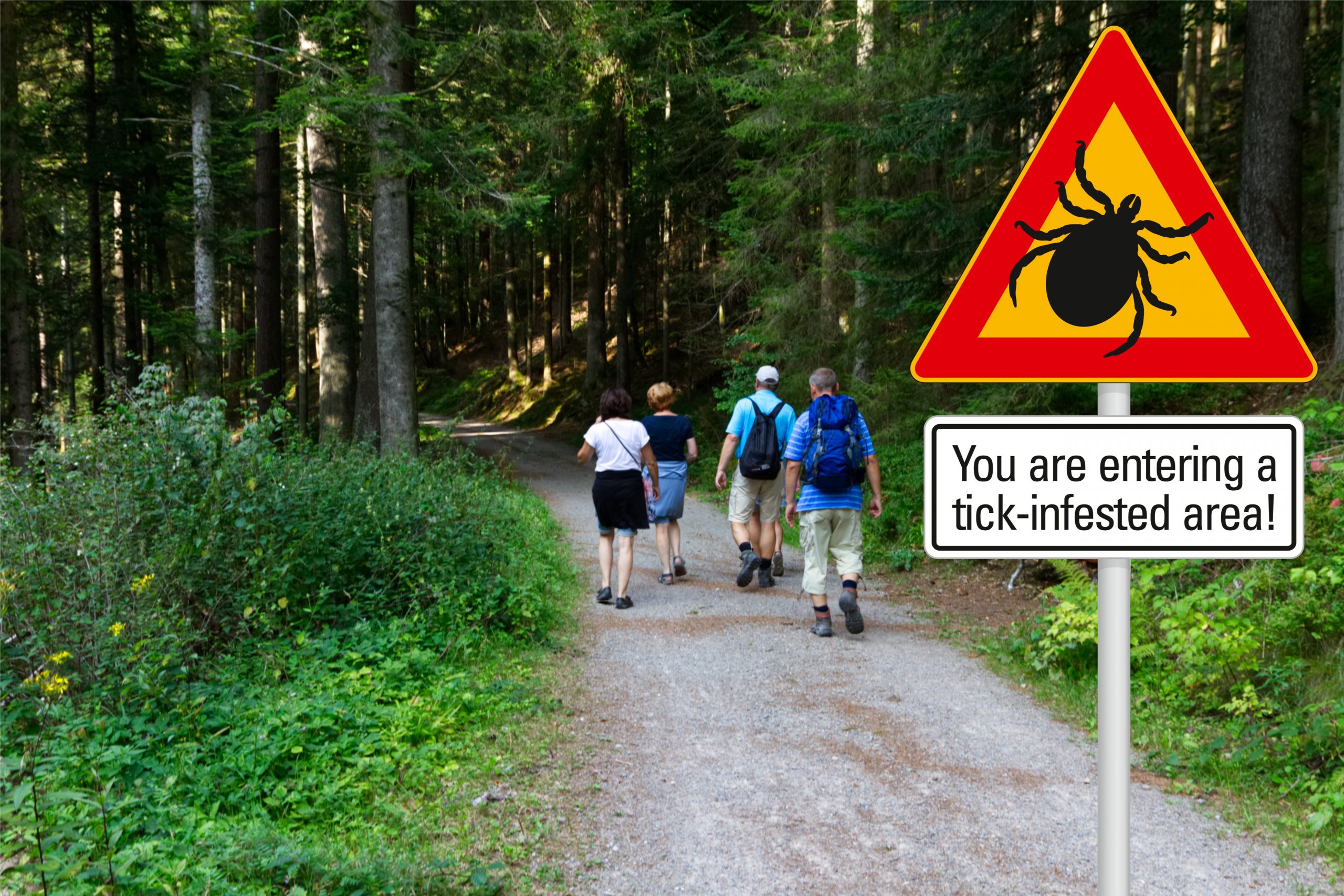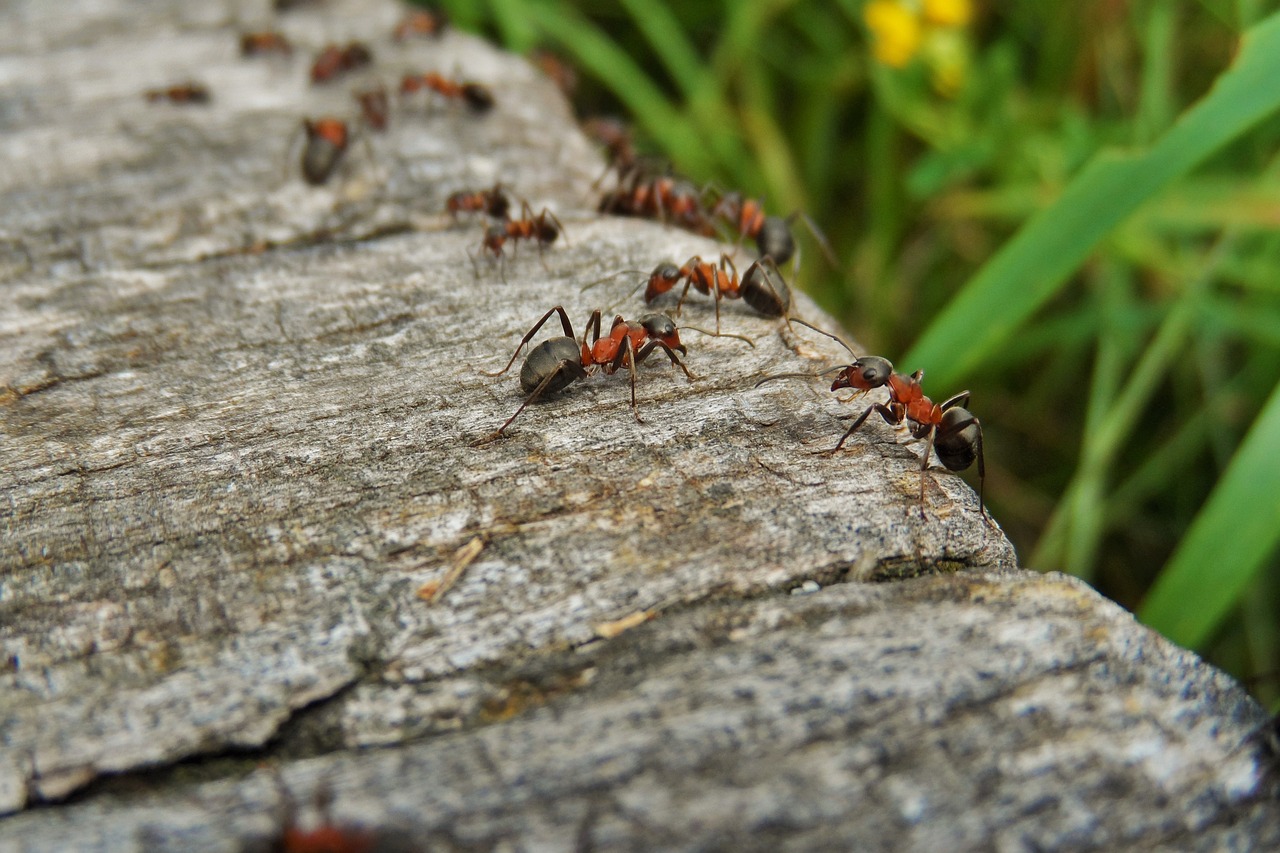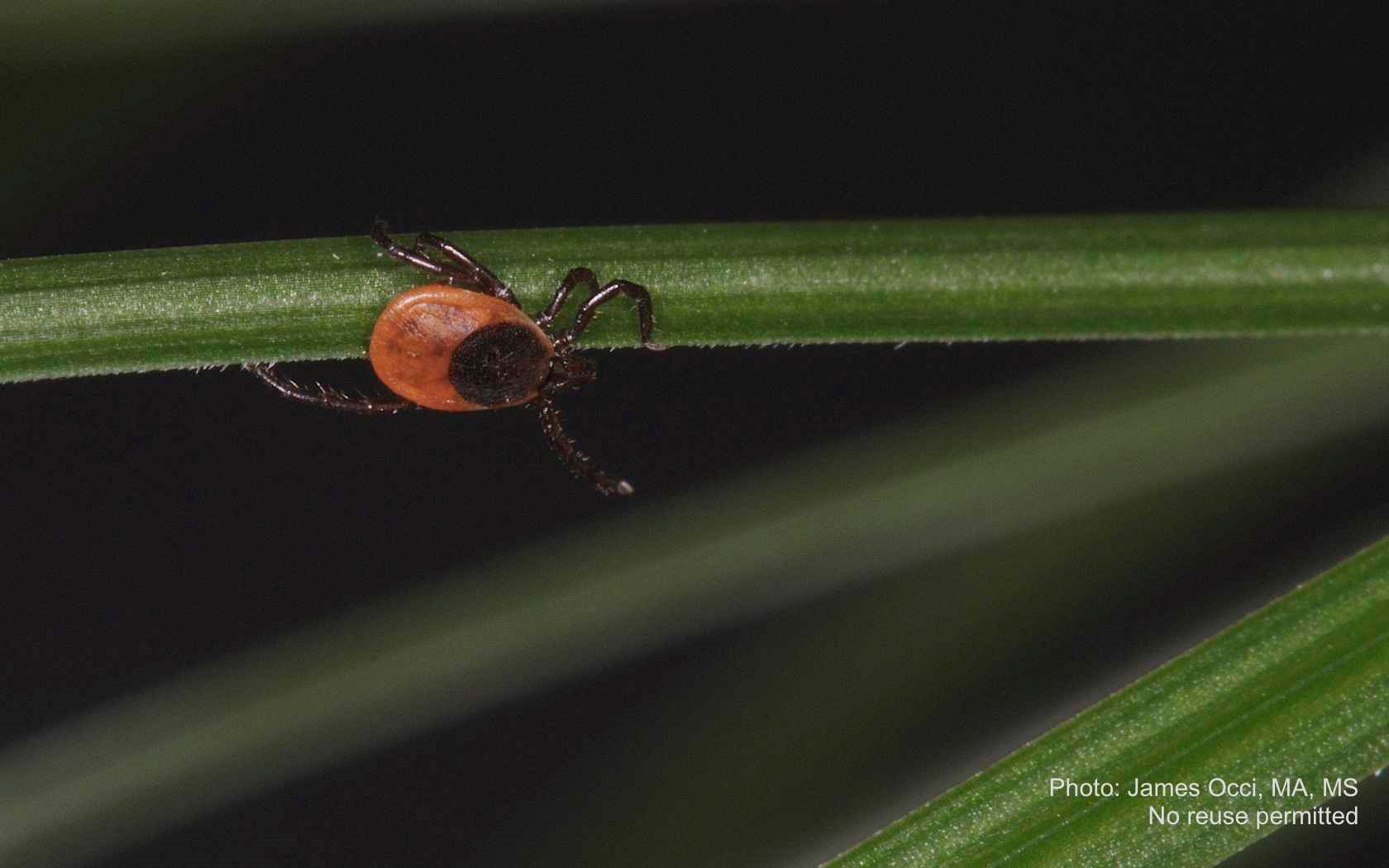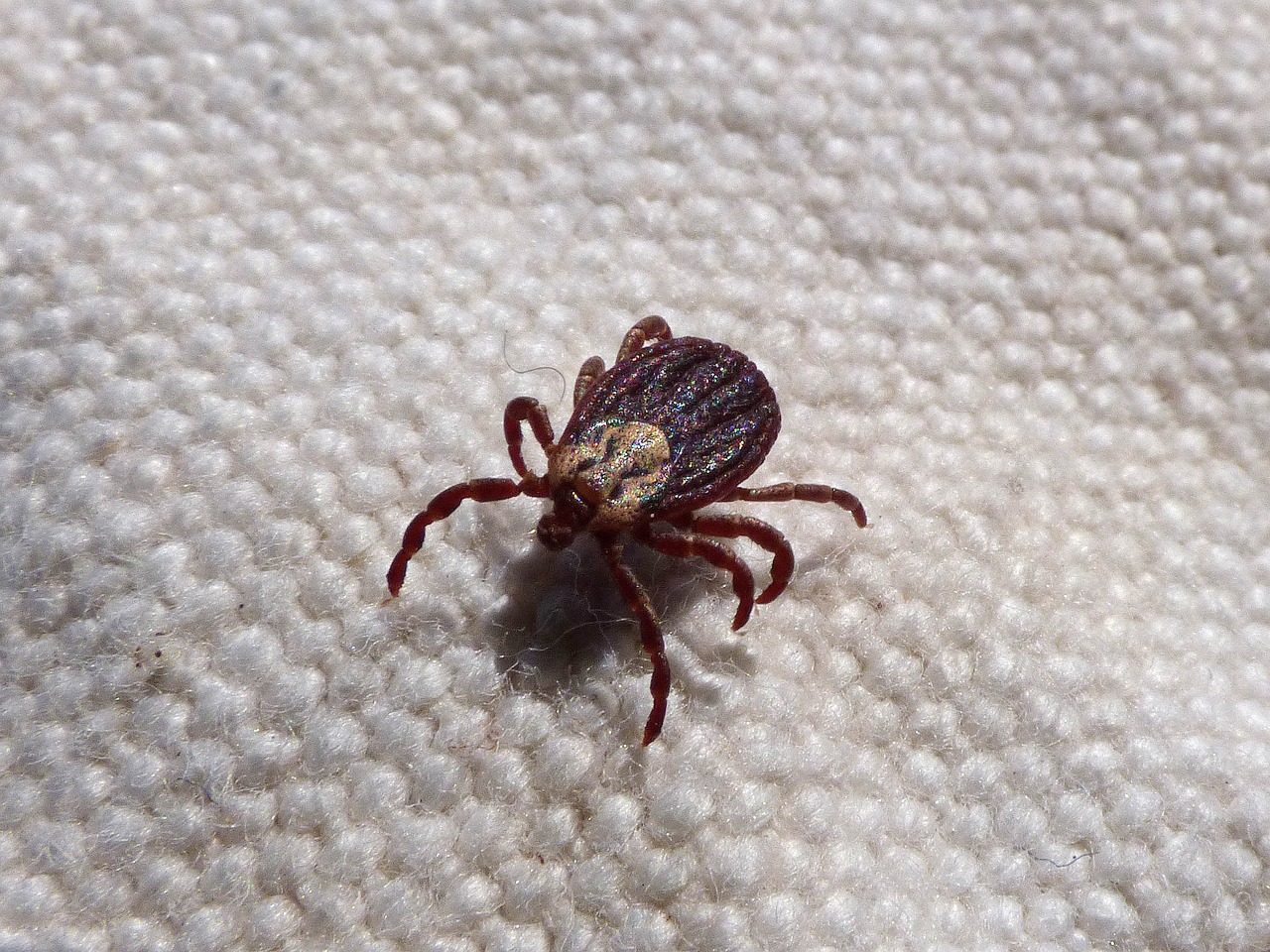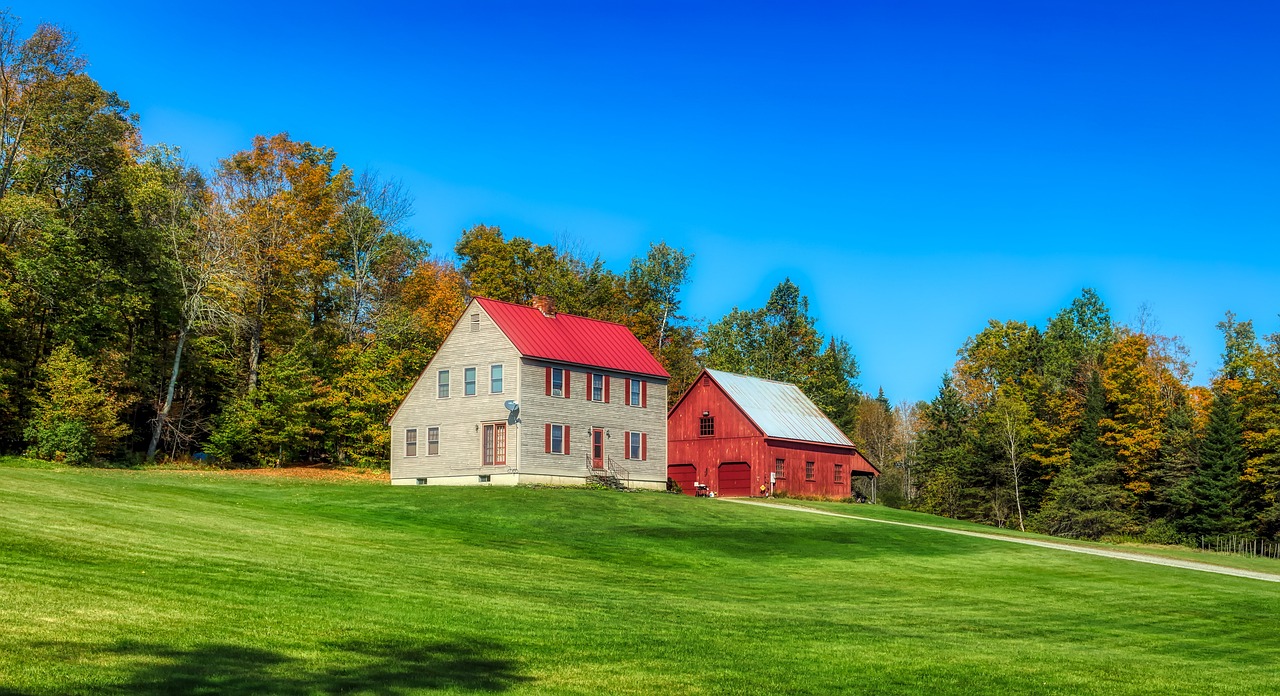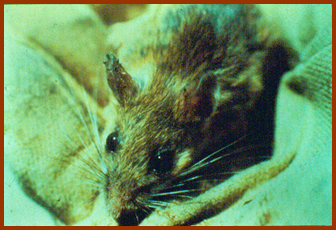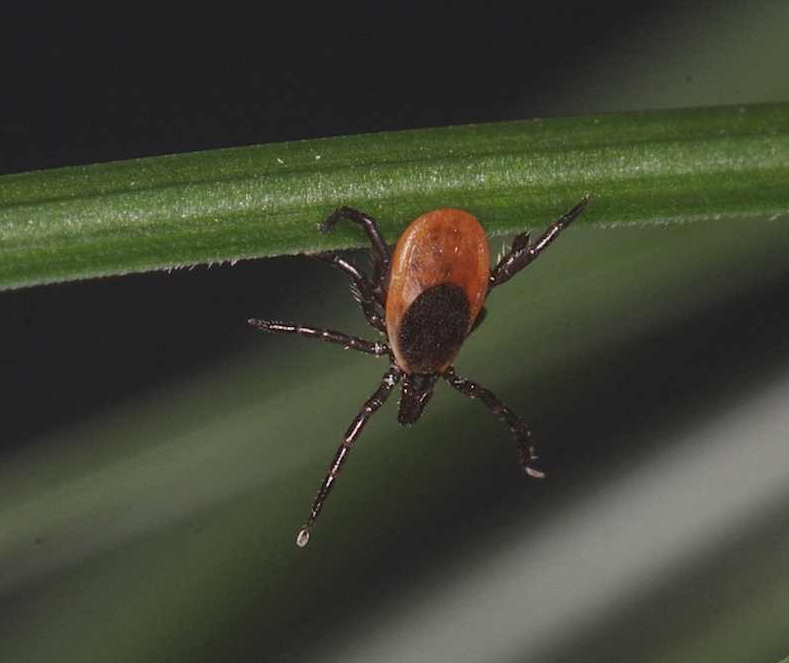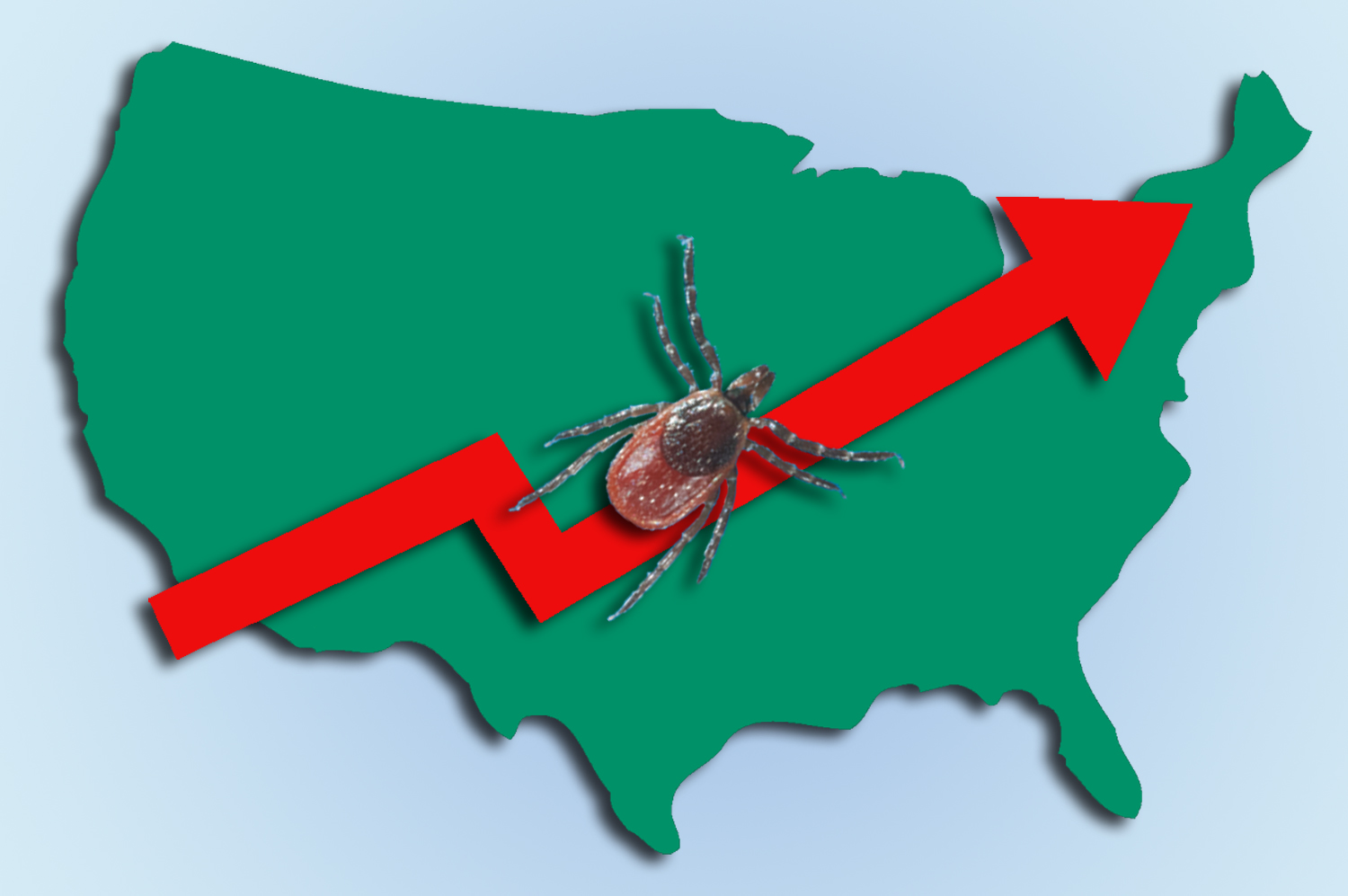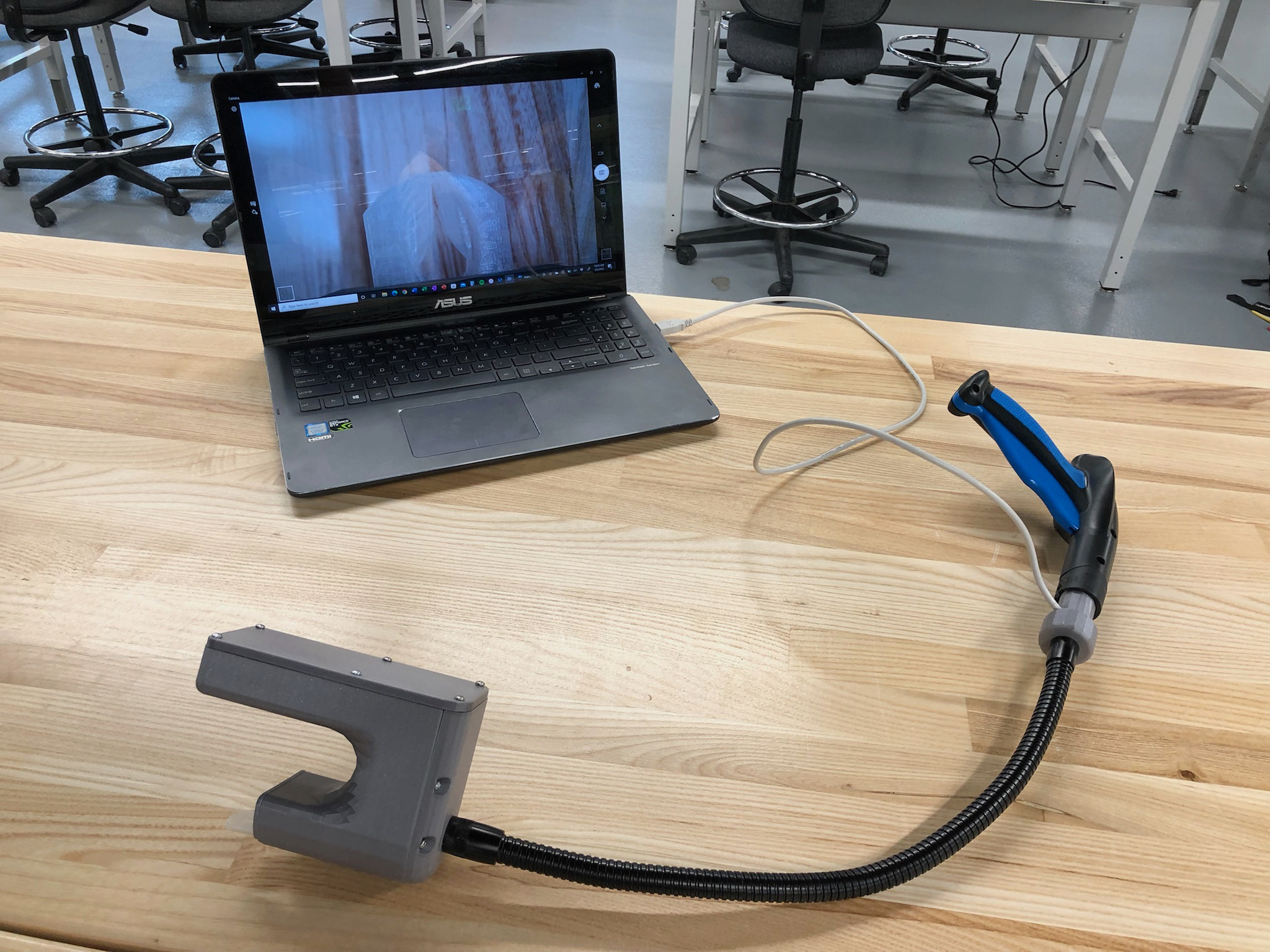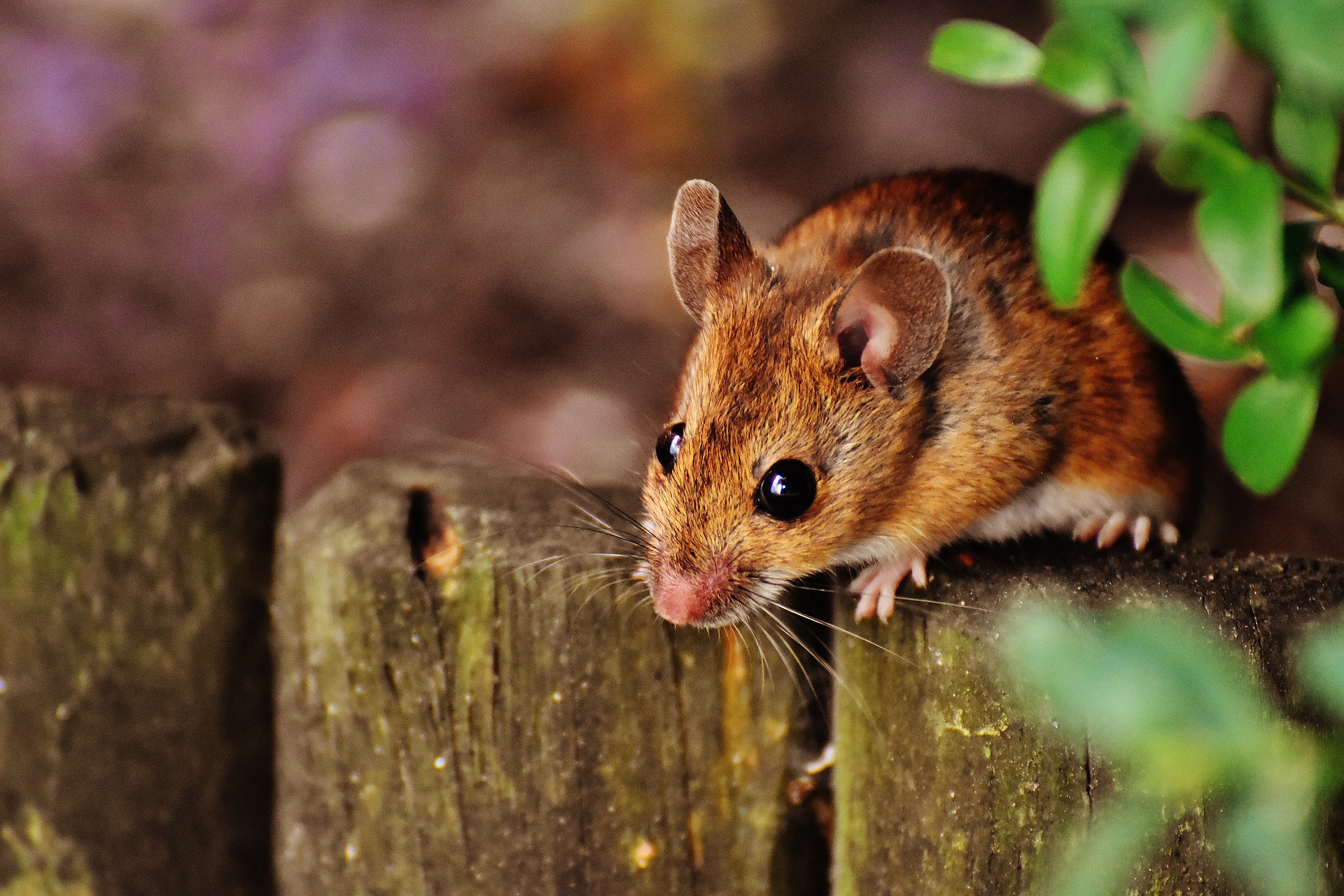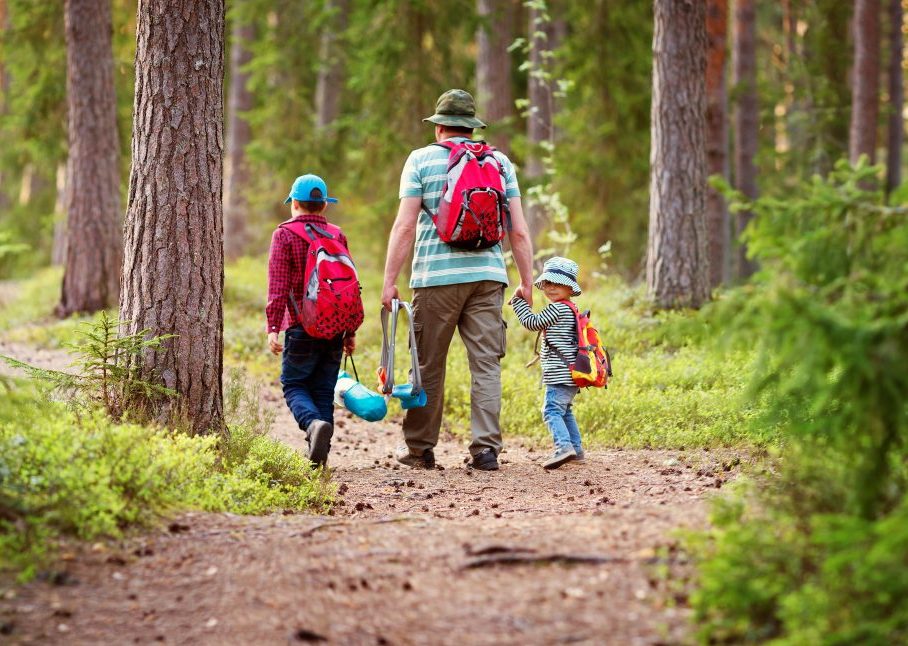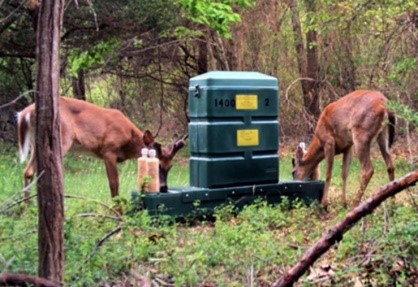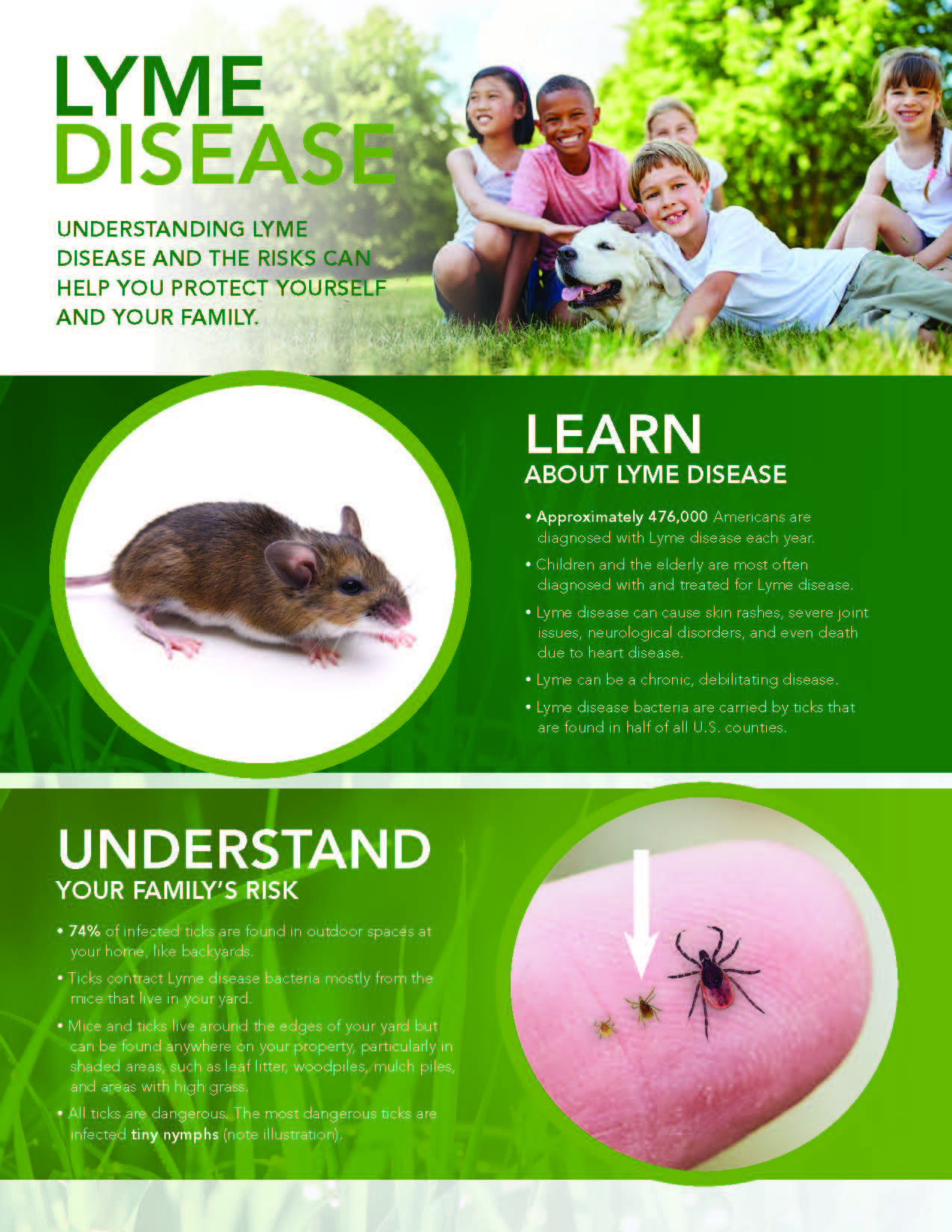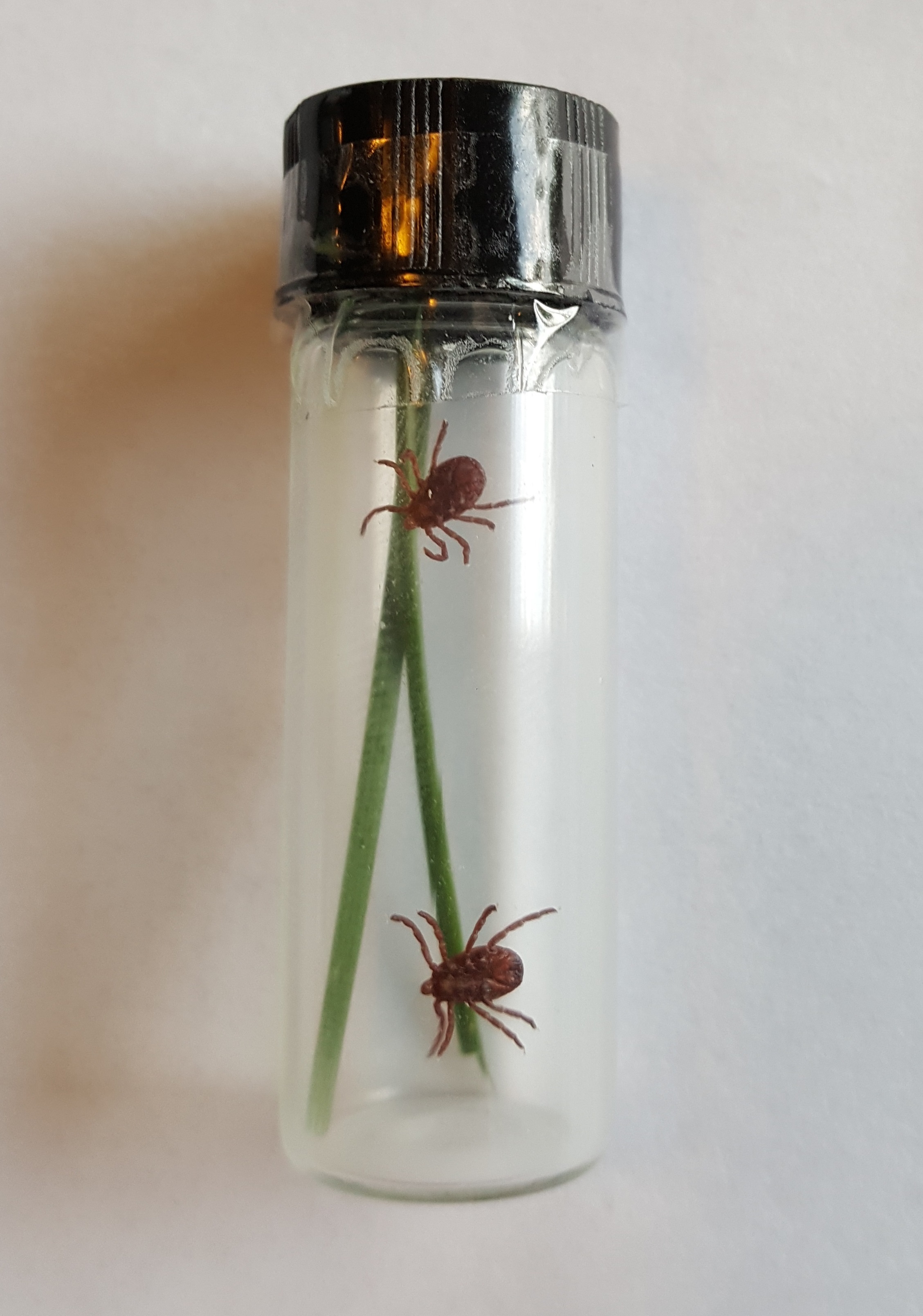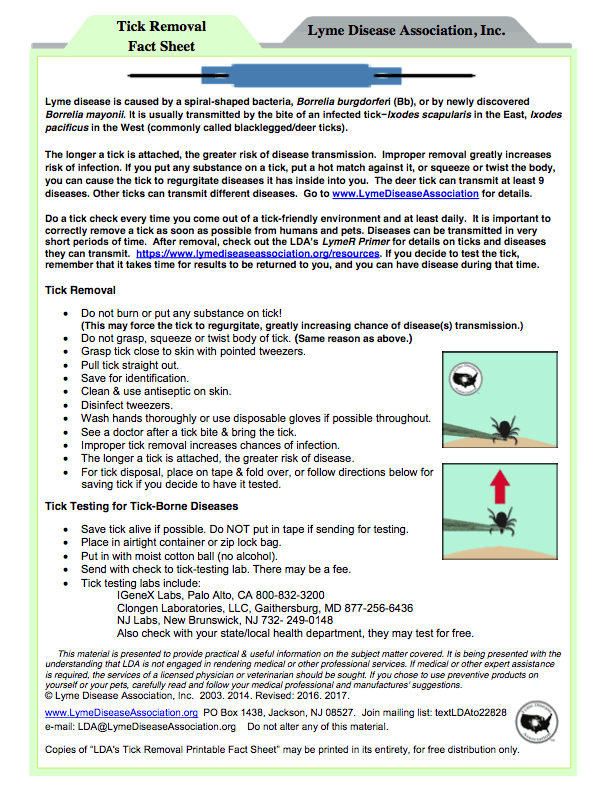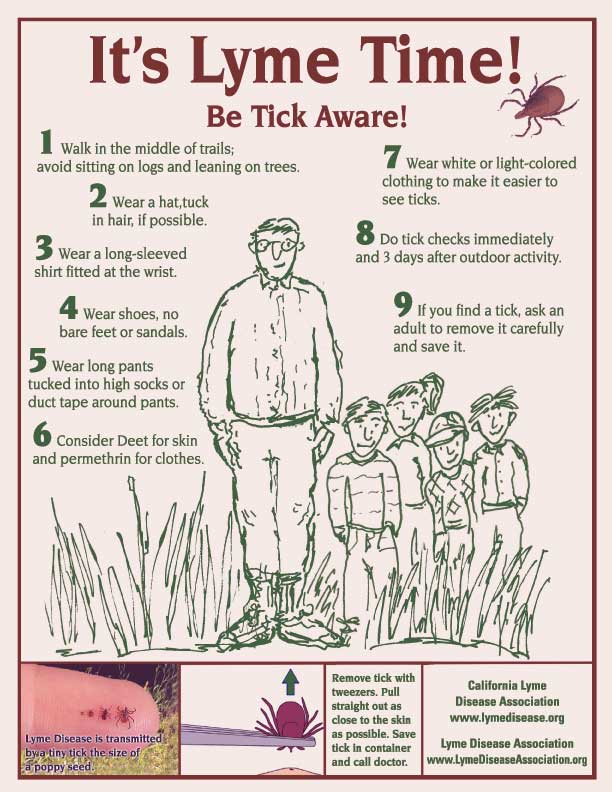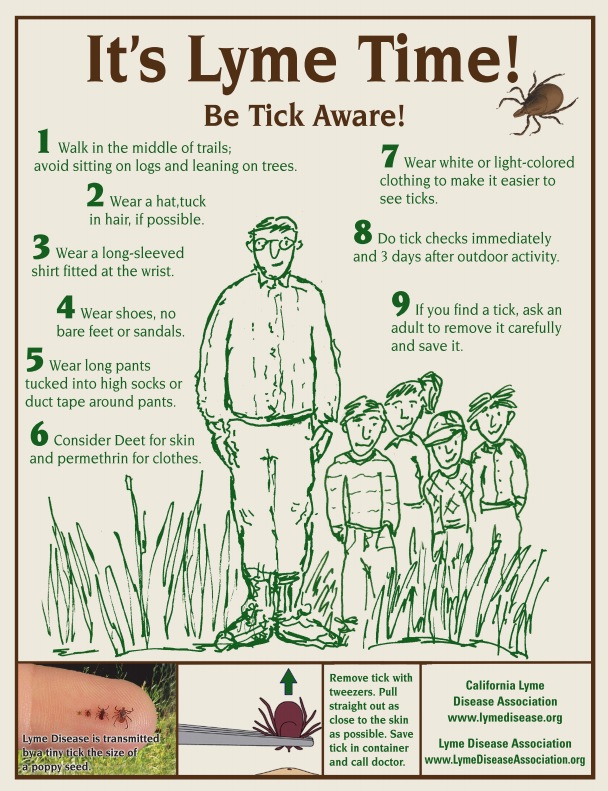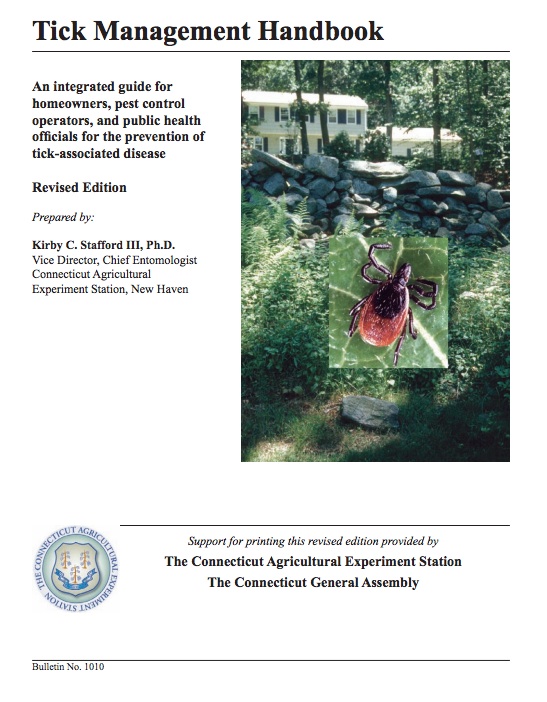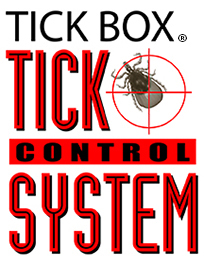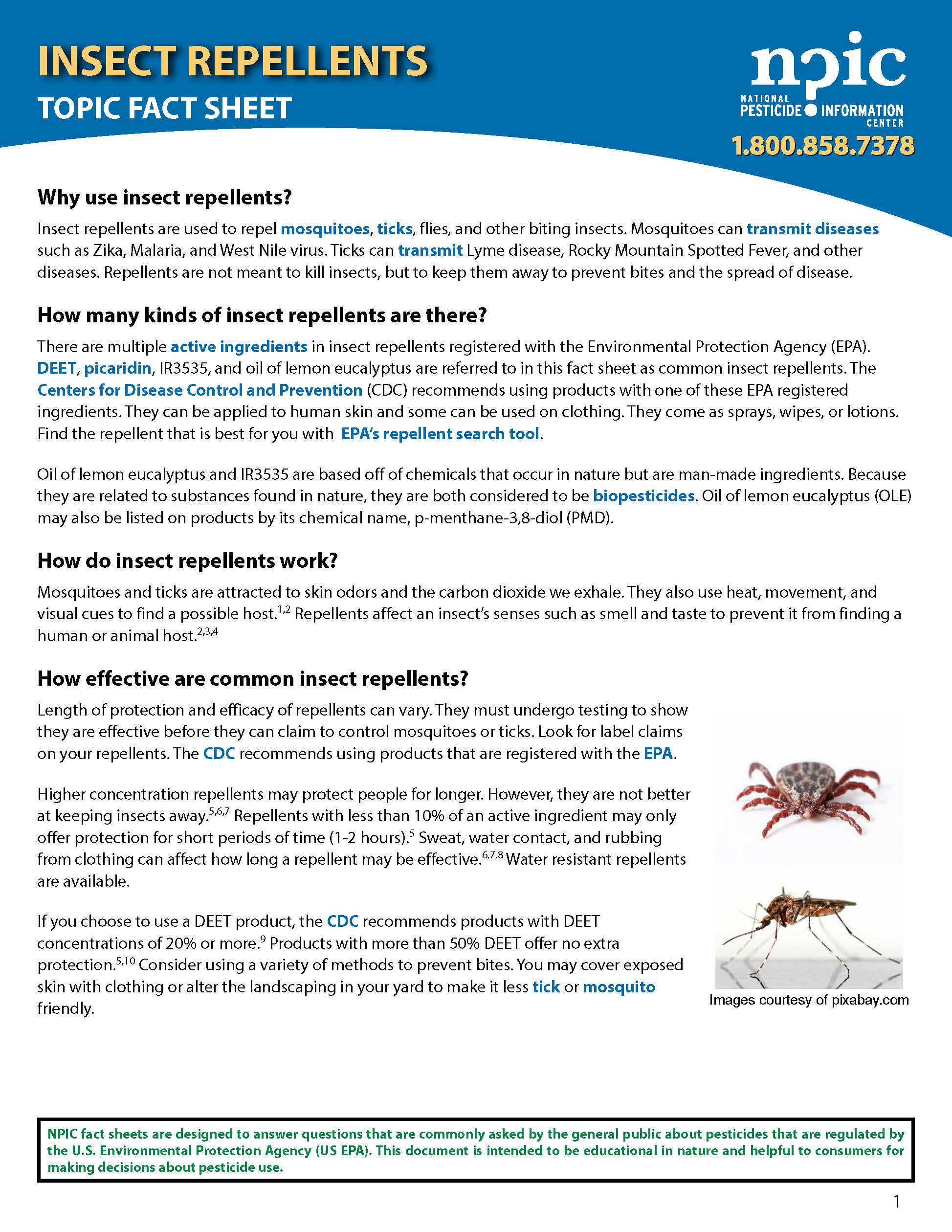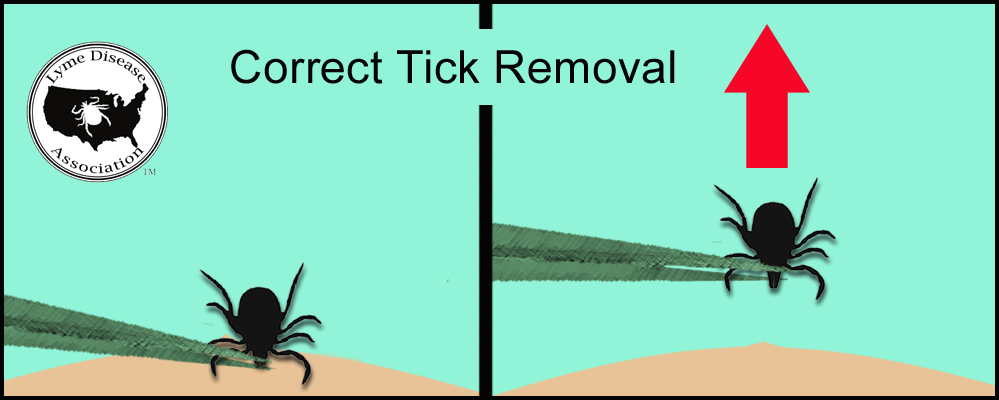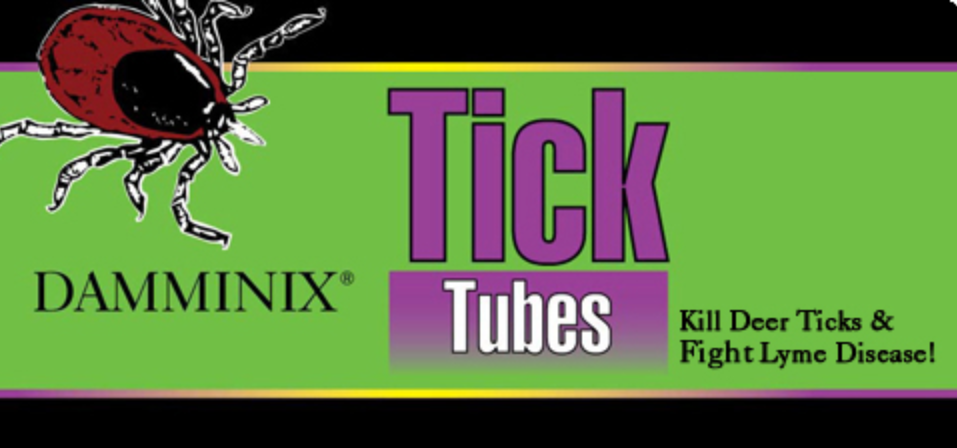The most important thing you can do to avoid Lyme and other tick-borne diseases/conditions is tick bite prevention! *The LDA does not make specific product recommendations or grant any warranties.
Suggestions you may consider for prevention include:
Tick Bite Prevention Behavior:
- Know where to expect ticks, and be aware in high risk habitats
- Perform frequent, thorough tick checks
- Wear light-colored clothes, long sleeves and long pants
- Tuck pants into socks and shirts into pants
- Put clothes in dryer for 30 minutes to kill ticks that may be clinging to clothing
- Shower soon after returning indoors
- Be sure to tick check and protect pets too!
Repellents: (Always follow manufacturer’s directions)
- Check EPA registered products containing DEET, picaridin, IR3535, Oil of Lemon Eucalyptus (OLE), para-menthane-diol (PMD), or 2-undecanone for skin protection
- Check products containing Permethrin for treating clothing and gear
An example: Sawyer Products, Inc.- www.sawyer.com or Insect Shield-www.insectshield.com - Check out clothes which protect against ticks
An example: www.rynoskin.com
Read more information on repellents from EPA here.
Property Prevention:
Ticks are most likely to be in woods, where woods meet lawn, where lawn meets fields, tall brush/grass, under leaves, under ground cover (low growing vegetation), near stone walls or wood piles, shady areas, around bird feeders and outside pet areas.
- Read “Property Prevention: Tricks to Stop Ticks” that you can do to lower exposure risk to ticks on your property here
- Download “Property Prevention: Tricks to Stop Ticks” printable pdf Click Here
- Many commercial business also provide property management services
An example: Connecticut Tick Control, www.nixticks.com
An example: Tick Box Technology Corporation www.tickboxtcs.com - More detailed information on property management can be found in these 2 publications:
http://www.ct.gov/caes/lib/caes/documents/publications/bulletins/b1010.pdf
http://twp.freehold.nj.us/ticks/public/publications/images_publications/freehold_tick_manual.p
What can you do if bitten?
- Removing the tick quickly and properly can lower risk of disease transmission. View proper tick removal here. Download printable tick removal fact sheet here.
- Tick identification and testing is available. Examples here.
- For any questions or concerns, consult a medical care provider. The LDA Dr. Referral system is available here.
Quick Facts:
- You can get many tick-borne diseases from one tick bite
- The longer a tick is attached, the greater the risk of disease
- Lyme disease is a clinical diagnosis based on symptoms, history and exam
- You can test negative & still have Lyme or other tick-borne diseases
- CDC criteria are for surveillance purposes, not diagnois
- According to the CDC surveillance criteria, an erythema migrans
(EM) rash in an endemic area, means Lyme disease - In a non-endemic area, rash requires a positive test
- Not everyone who contracts Lyme disease gets a rash
- Lyme symptoms can develop days or months after a tick bite
- Lyme patients often get worse before getting better while on
treatment (Jarisch-Herxheimer reaction) - Lyme bacterium can cross the placenta & infect the fetus, which
may result in fetal death & its DNA has been found in breast milk - Lyme can cause death
- Controversy exists in the medical community
Read related posts below:






